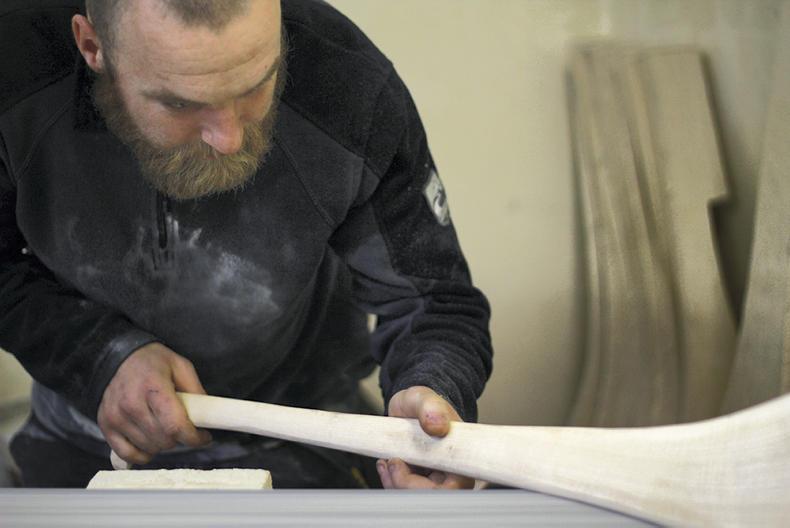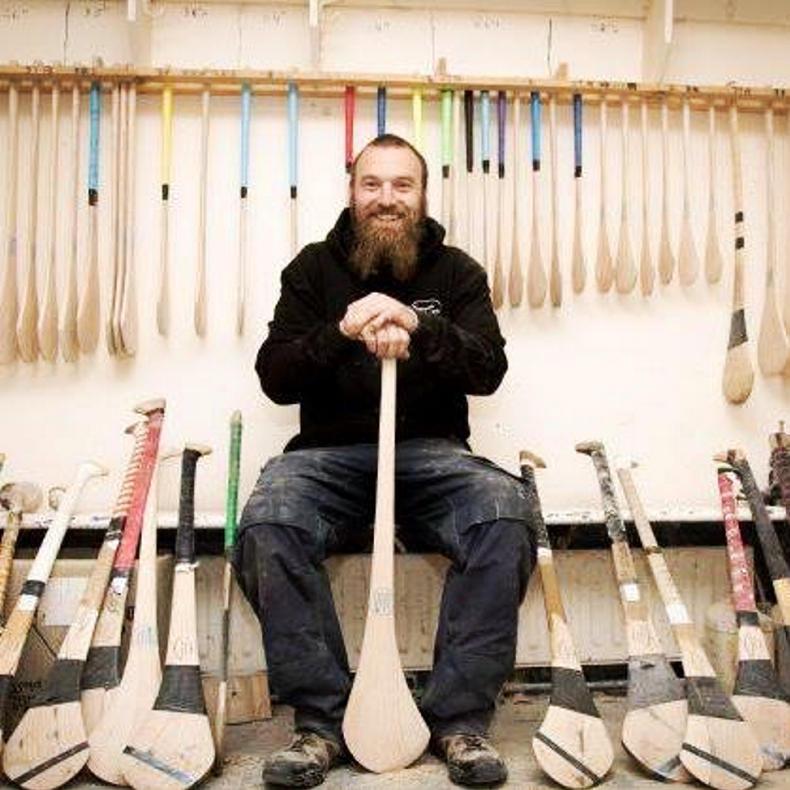I grew up in Glasnevin, north Dublin, but my mam Patricia is from a farm in west Waterford, so I would have spent every summer, Christmas, Easter and the school holidays down there in Clais Mhór.

I grew up in Glasnevin, north Dublin, but my mam Patricia is from a farm in west Waterford, so I would have spent every summer, Christmas, Easter and the school holidays down there in Clais Mhór.

My dad Joe played a lot of GAA in his childhood and my parents were keen for us to get involved.
I’m one of five children and we were all encouraged to join the local club Na Fianna in Glasnevin as young as they would take us – at about eight years of age back then.
Na Fianna would have traditionally been more of a football club, but as a youngster who was more interested in hurling, I would have been an outlier.
I played both football and hurling, but there was a small group of us who would have leaned towards hurling more so.
Hobby
I was always interested in doing something with my hands, be it digging about in the back garden or pulling toys apart and putting them back together with varying degrees of success.
After school, at 17 years old I trained as a mechanic and completed a four-year apprenticeship.
As I was playing hurling all along, I would break a hurl and I couldn’t find anyone locally who was repairing hurleys, so one day I thought: “I might give it a go and see what comes of it.”

Every hurley is hand-crafted.
After a few (not-great) attempts, I got better slowly until I had a few hurleys that I had repaired and I was actually able to use again.
As I started bringing my own fixed hurleys up to matches and training, the other lads saw, “Oh, he can fix a hurley,” so the lads would ask if I could do a bit for them.
As a 20-year-old, I never thought about this as a business, but it was always in the back of my mind that it would be my dream job.
It really was more of a hobby at that stage. I was really enjoying working as a mechanic, so it was nice to be able to tip away at the hurleys in my spare time.
In 2007, I went off travelling like many Irish lads and girls. I went to South East Asia and Australia. Unfortunately, when I came back in 2008/2009 Ireland was a very different country from when I left.
Farming
I applied for lots of jobs as a mechanic and most of the jobs were going out the door rather than in the door at that time, so I had to discover what else I could do.
I always loved farming; when we would go visit the farm in Waterford I would have spent 90% of my time on the farm, only coming up to the house for meals.

Seosamh and his wife Susan, milking on his uncle's farm in Clais Mhór.
It was a mixed farm, mostly dairy with some drystock. My uncle and eldest cousin would have had a big influence on my grá for the farm.
I ended up getting a job on a 400-cow dairy farm in Birr Castle, Co Offaly where I spent a year and a half.
The dream of making and repairing hurleys never really left my mind, so at the age of about 25, I decided that now would be the time.
I had no big financial ties or dependants to provide for and I could take the risk. I rang my parents and asked them if I could move back home with a plan of setting up a hurley repair business.
Workshop
I approached the local GAA club, that I was still involved with even when I was living in Offaly. I asked if they would rent out a spare room to me – it had become a bit of a junk room by then.
They agreed, so I went out and bought equipment like sanders and planers.
Everything I made that first year was spent on the business, so I didn’t exactly draw a wage. I was working part time on the hurleys and as my father says, I had a “real job” as well; I was working with the greenkeepers in Portmarnock Golf Club.

Seosamh's workshop is located in Na Fianna GAA club.
I picked up tips on how to fix hurleys from the guys at the GAA club, but a lot of it was trial and error. Having done woodwork at school, I was able to cut wood and things, but I messed up a lot of attempts too.
I started creating my own hurleys after that, and now I do anything from keyring-size and Christmas decorations to 36” adult sizes. 
People get very attached to their hurleys the further up they go. Senior players would see the hurley as an extension of themselves and would become very attached to them. If you have a hurley you like, you would rather fix it than buy a new one.
I currently do a lot of repairs for the Dublin senior hurling and camogie teams. It’s an incredible job and I like to say “it’s not a bad office”.
There’s a lovely smell of fresh-cut timber and I get a great buzz out of creating something from a plank of timber and shaping it into a hurley that someone picks up and loves.
I have hosted workshops and I also did a presentation for an Agri Aware open day – I really wouldn’t want to be doing anything else.
Read more
Arán Kilkenny: using Irish heritage wheat to produce speciality bread






SHARING OPTIONS: